-
Garden Furniture
- View All
-
Relax & Dine
- Relax & Dine
- Benches
- Chairs
- Tables
- Daybeds and Sofas
- Table and Chair sets
-
Wicker & Concrete
- Wicker & Concrete
- Wicker Furniture
- Polished Concrete
- Reclaimed Furniture
- Sun Loungers
- Coffee Tables
- Accessories
-
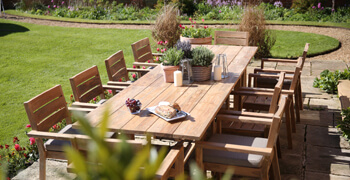
-
Collections
-
Home Furniture
- View All
-
Living Room & Dining Chairs
- Living Room & Dining Chairs
- Living Room
- Dining Chairs
- Conservatory
- Dining Tables
-
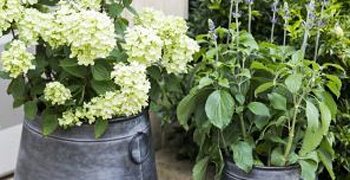
-
Sale
-
Outlet
-
Our Story
5 Ways to Identify Genuine Teak Wood
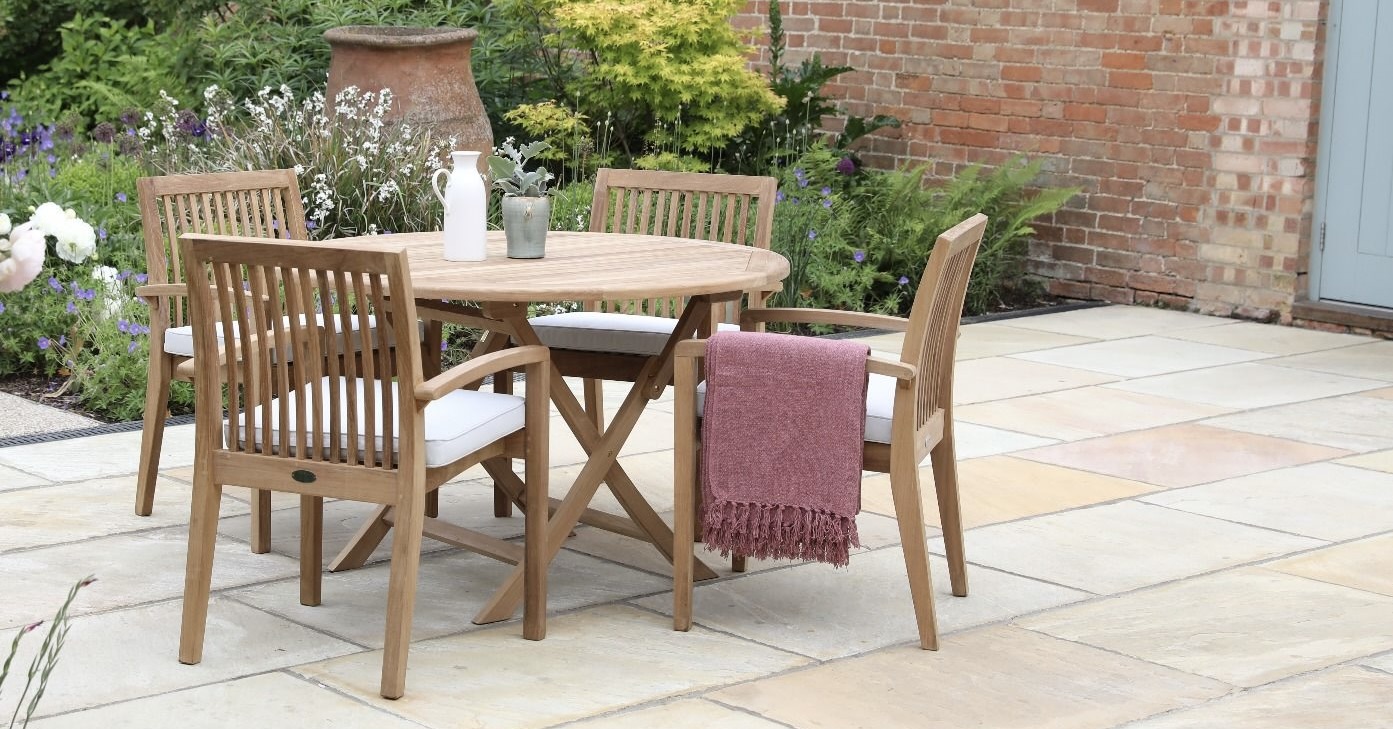
Teak wood is one of the most popular hardwoods used in outdoor furniture and other wood products, including flooring and building construction. It has excellent waterproofing properties and is resistant to rotting, shrinking and insect damage. Real teak wood is a beautiful and durable material, but it's not always easy to identify genuine teak furniture from its lookalikes.
There are also many different types of wood that resemble teak. Besides, teak is also a highly sought-after material, making it one of the most expensive pieces of furniture on the market. So it’s understandable that many people are concerned about whether or not the furniture they are buying is made from genuine teak wood. But it can get easier once you know what you’re looking for. Whether you’re considering purchasing teak furniture or have recently acquired one, here are some of our best tips for identifying real teak wood:
Is the teak furniture light or heavy?
Teak is a very dense, closed-grain hardwood with small pores that don’t vary much in size. As a result, teak furniture can get heavy depending on its size, type and grade of teak wood. For example, A-grade teak furniture usually weighs more than plantation teak or grade B and C teak, as it is constructed from the heart of the trunk, where cellulose fibres are densely packed and bound together by lignin. This is also where teak oil is much more concentrated, making the teak furniture heavy. When inspecting teak furniture, you should feel its weight and sturdiness. If you don't, it's probably not real teak.
Does it have a long and straight grain pattern?
The surface of most teak furniture will usually display a long and straight grain pattern as well as a smooth texture, particularly if it is made using genuine, A-grade teak. However, it is possible to have occasional wavy, interlocking, or larger knot patterns in cheaper, lower-grade teak. This is because different grades represent different parts of the tree trunk that are used in woodworking and construction. For example, A-grade teak furniture is made using the centre, also known as heartwood, of a mature teak tree, which contains the most natural oils and has a striking golden brown colour. It also has fewer knots and a more uniform texture.
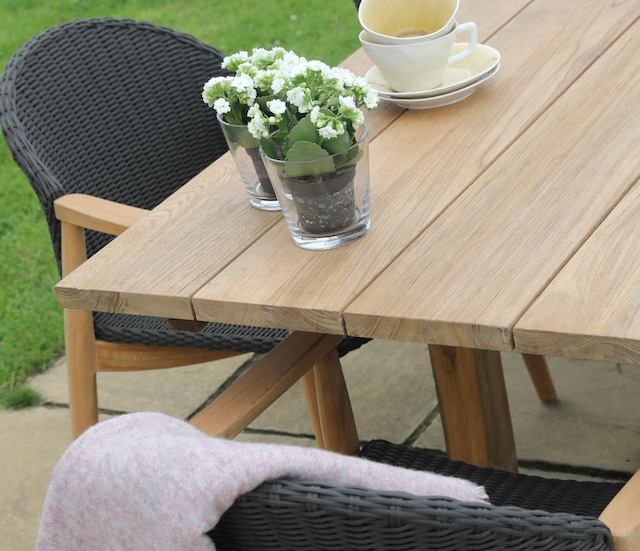

Does it give a distinctive leather-like smell?
Teak furniture contains a lot of natural oil and resin within its internal structures, making it resistant to water absorption, damage from weather elements, rotting, mould and mildew formation, and insect damage. It also gives the teak wood its distinctive leather-like smell, especially if it is new teak furniture. Because genuine, high-grade teak contains more natural oil than lower-grade teak, the smell will be noticeably stronger. The natural oil will also give the furniture a slightly oily or greasy feel, especially on raw and unfinished teak wood surfaces.
Is it golden brown in colour?
Genuine, high-quality teak usually tends to be golden or light to dark brown in colour, whereas lower-grade teak wood made from the outer sections of the heartwood and sapwood will have a light yellowish brown colour. They can also be uneven and often contain white streaks on their surfaces. All untreated teak wood that has been exposed to different weather conditions will change its colour from its original golden or deep brown to a weathered grey patina over time.
Moreover, the colour of teak wood can also vary among teak species since local environmental factors can play a big role in determining its colour. For example, A-grade Burmese teak can be golden to medium brown in colour, which gets darker as the teak ages. In contrast, South American teak, such as Brazilian teak, will have a reddish-brown appearance.
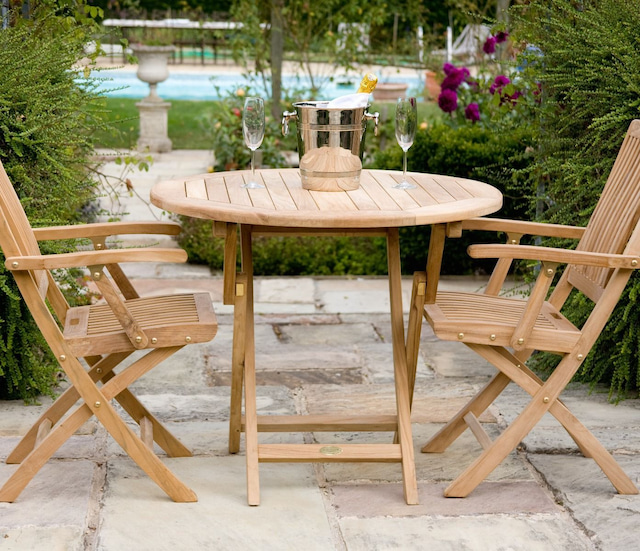

Does it have dark patches in areas?
Sometimes, genuine outdoor teak furniture will look dark and patchy in some areas. There’s nothing wrong with the furniture; it is just a natural biological process of teak wood in response to its surroundings. The occasional dark patches show up on the surface as organic starch and natural oils within the teak react with air moisture and other weather elements. These patches will gradually disappear as the teak matures.
How do I tell what grade my teak is?
The grade of teak refers to the section of the tree trunk used to construct the furniture, so the level of impurity or imperfection in the wood will vary. Higher grades of teak are typically more uniform and have fewer blemishes. Lower grades of teak, on the other hand, will have more pronounced blemishes and be less uniform in texture.
One way to tell the grade of your teak is by looking at its grain pattern. Higher-grade teak will have a long, straight grain pattern and fewer knots than lower-grade teak. The surface will also be uniform and smooth, with a gorgeous golden brown colour. Lower-grade teak, on the other hand, will frequently have uneven interlocking, wavy patterns, and/or larger knots. They will also be lighter in colour and are usually less expensive than higher-quality teak wood.